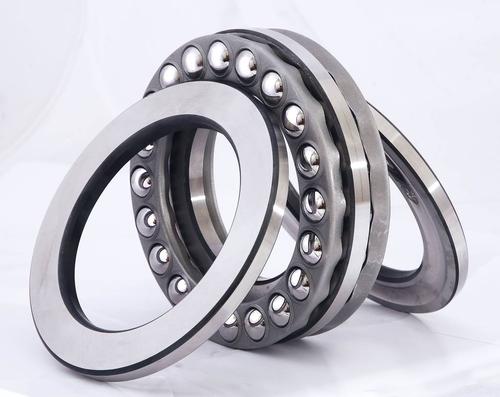Different rolling bearings have different characteristics and are suitable for various application conditions of various mechanical equipment. The selection staff should choose the appropriate bearing model from different bearing manufacturers and many bearing types.
1. Select the bearing model according to the area and position of the mechanical equipment occupied by the bearing:
We generally use ball bearings for small shafts, and roller bearings for large shafts. If the diameter of the bearing is limited, we generally use needle roller bearings, ultra-light ball bearings or roller bearings; when the bearing is limited in the axial part of the equipment, narrow or ultra-narrow series of ball bearings or roller bearings.
2. Select the bearing model according to the load. The load should be the most critical element to be considered when selecting bearings:
Roller bearings can withstand relatively large loads, while ball bearings are relatively small. Bearings made of carburized steel can withstand shock and vibration loads. When purely radial loads are required, we can choose thrust ball bearings, cylindrical roller bearings or needle roller bearings. When the axial load is relatively small, we can choose a thrust ball bearing; when the axial load is relatively large, a thrust roller bearing is generally used. When the bearing bears both axial and radial loads, we generally use angular contact ball bearings or tapered roller bearings.
3. According to the self-aligning characteristics of the bearing, select the bearing model:
When the axis of the shaft is not the same as the axis of the bearing seat, or it is easy to be bent or skewed under pressure, the self-aligning ball or self-aligning roller bearing with excellent self-aligning function, and its outer ball bearing can be selected. This type of bearing can ensure normal work when the shaft is slightly skewed or bent. The pros and cons of the bearing’s self-aligning function are related to its possible non-axiality. The larger the value, the better the self-aligning performance.
4. according to the stiffness of the bearing, select the bearing model:
The elastic deformation of rolling bearings is not large and can be ignored in most mechanical equipment, but in some mechanical equipment, such as machine tool spindles, bearing stiffness is a key factor.
We generally use cylindrical roller bearings or tapered roller bearings for machine tool spindle bearings. Because these two types of bearings belong to point contact when under load, the rigidity is weak.
In addition, various bearings can also utilize preload to increase bearing stiffness. Such as angular contact ball bearings and tapered roller bearings, in order to improve the support rigidity, a certain axial force is usually added in advance during assembly to make them clamp each other. It is especially emphasized here: the preload force cannot be too large. Otherwise, the friction of the bearing may increase, the temperature rise will increase, and the service life of the bearing will be endangered.
5. according to the bearing speed, select the bearing model:
Generally speaking, angular contact bearings and cylindrical roller bearings are suitable for use in high-speed workplaces; tapered roller bearings can be used in low-speed workplaces. Thrust ball bearings have a low limit speed and are only suitable for places with lower speeds.
For the same type of bearing, the smaller the specification, the higher the allowable rotational speed. When selecting the bearing model, pay attention to the actual speed less than the limit speed.
Post time: Apr-06-2022


